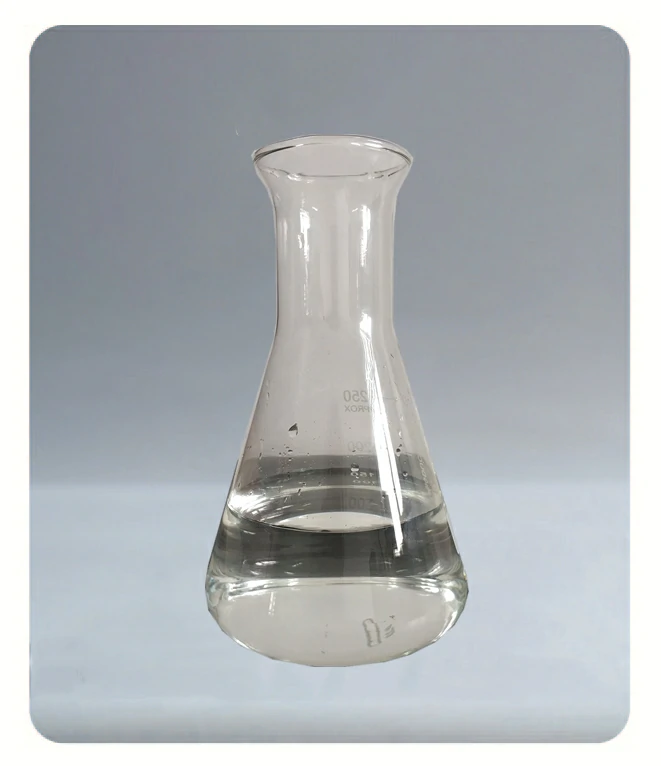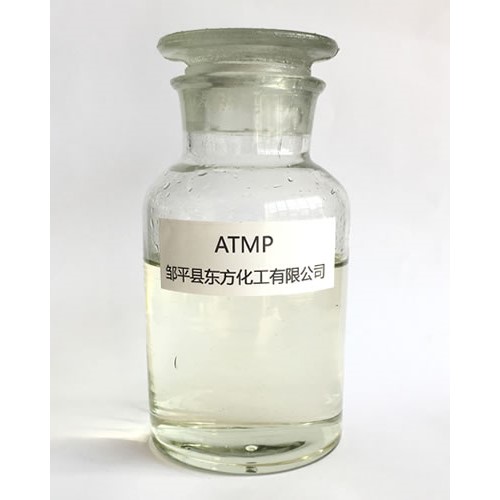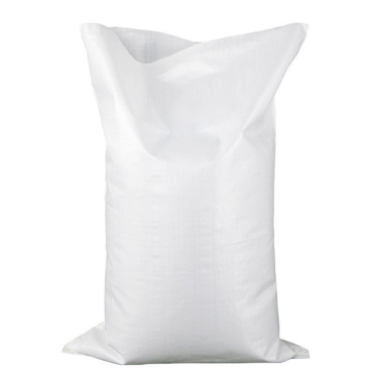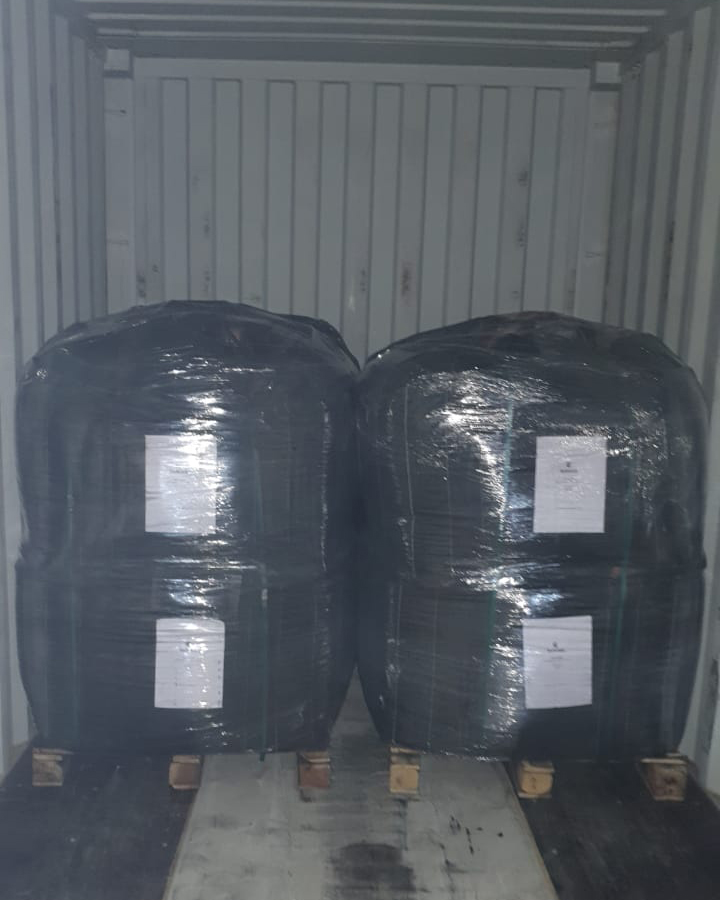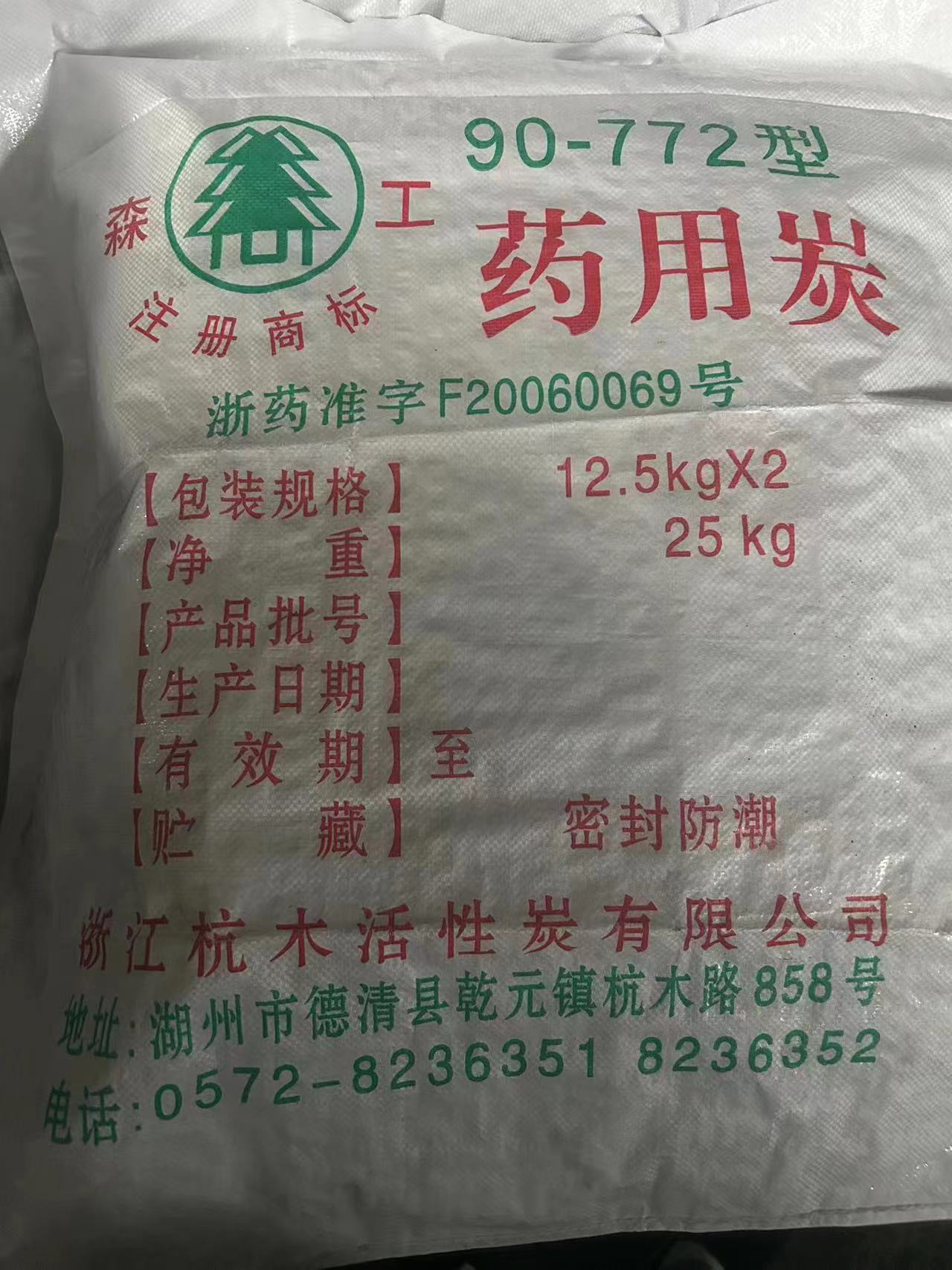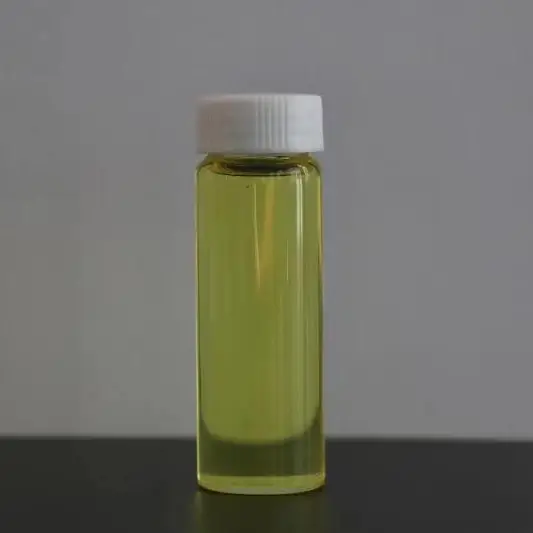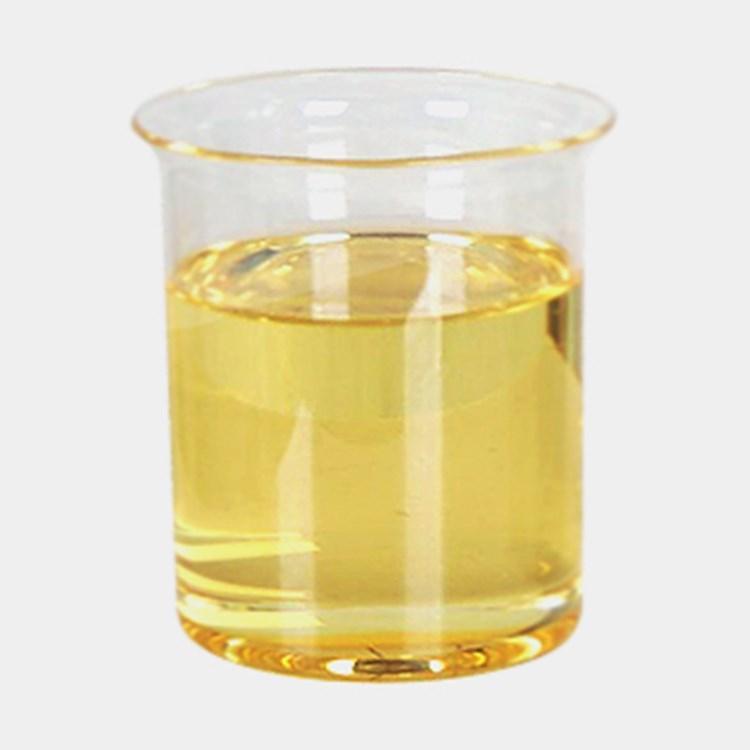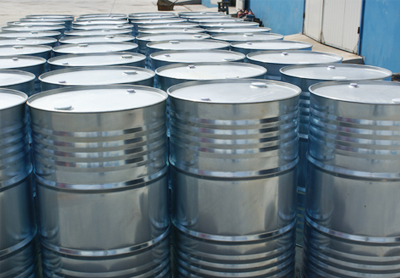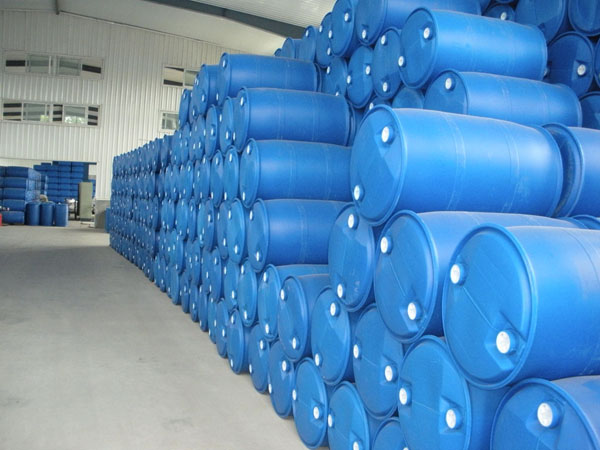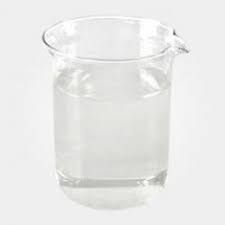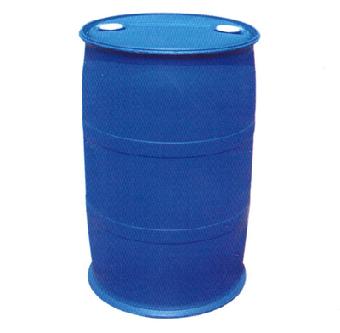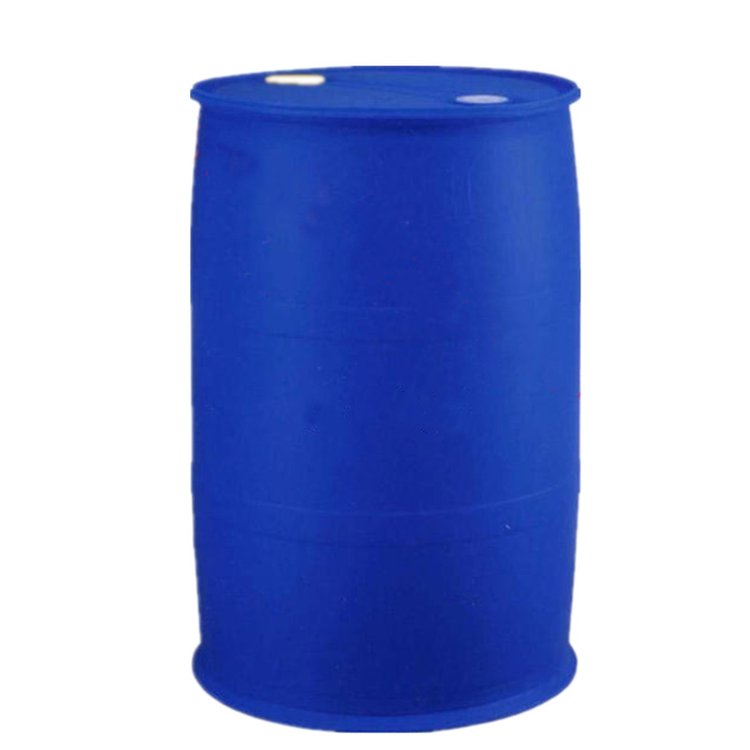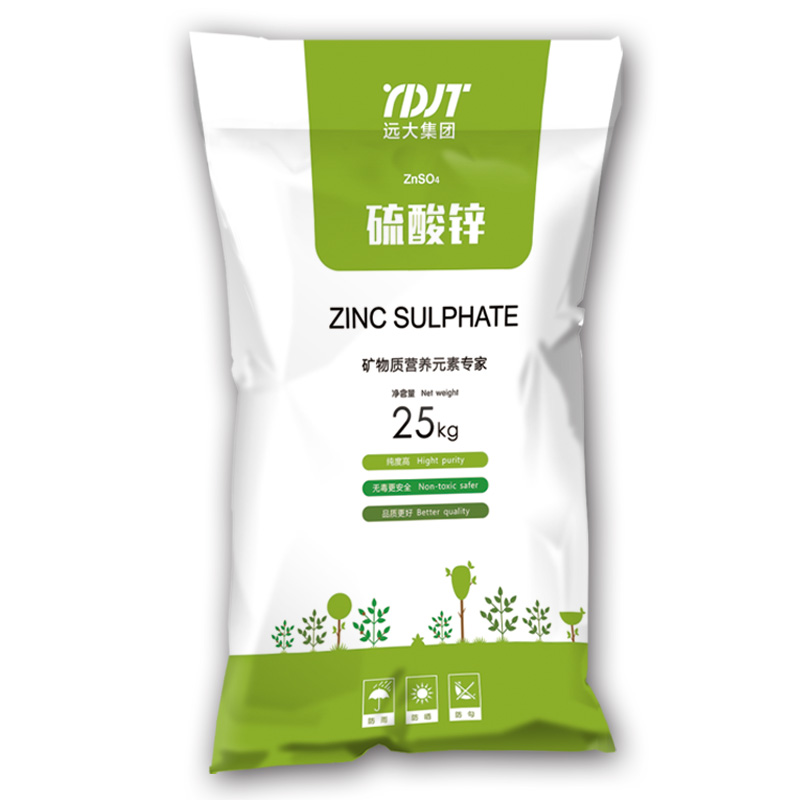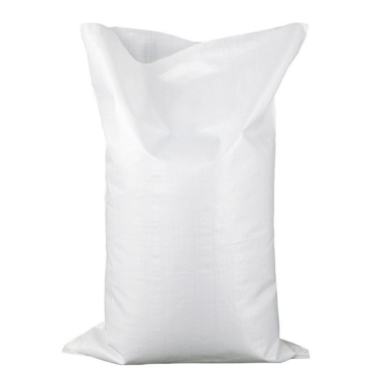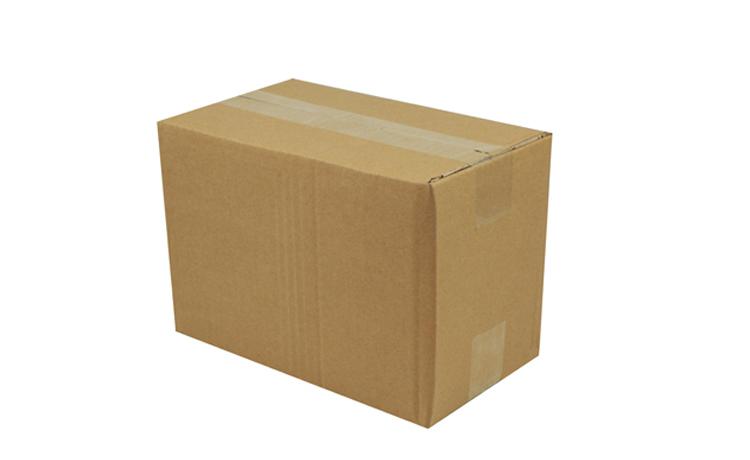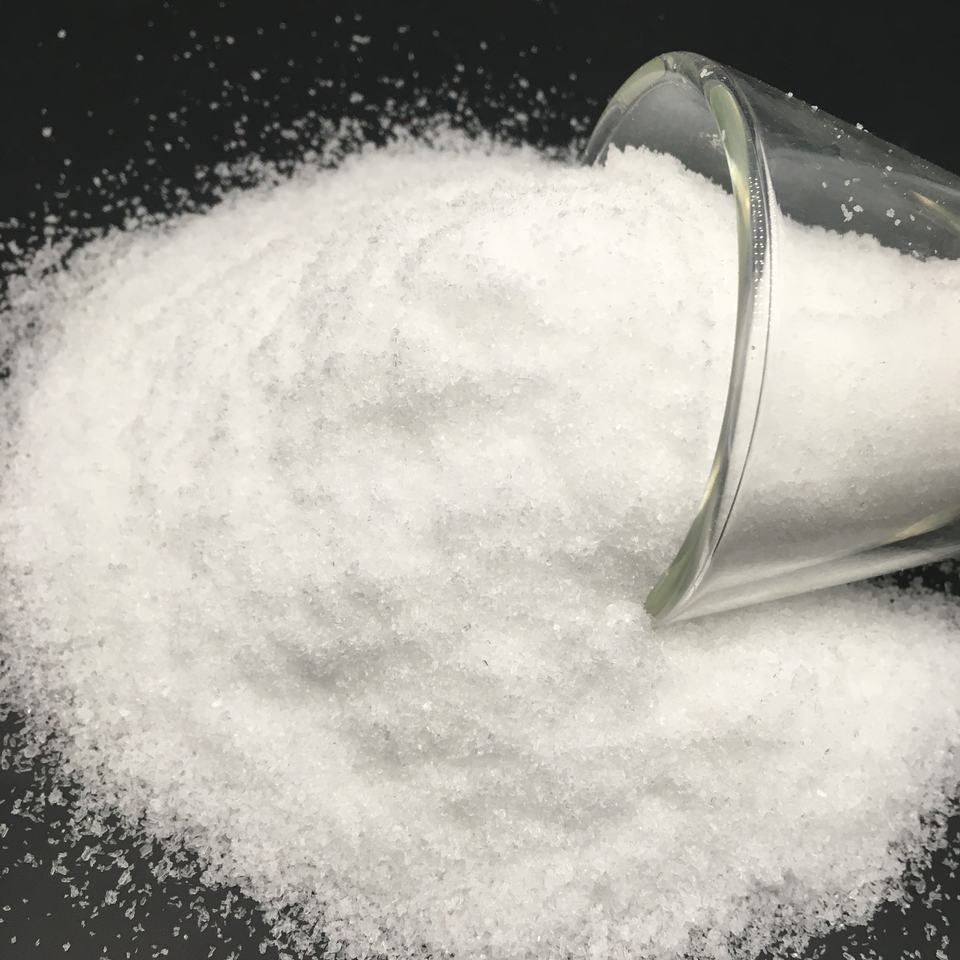Antioxidant
Other Auxiliary Agent
Petroleum Additives
Adsorbent
Water Treatment Chemicals
Rubber Additives
Adhesive Additives
Cross-Linking Agent
Flame Retardants
UV Absorbers
Organic Extractant
Resin Additives
Electronics Chemicals
Pesticide Additives
Building Chemicals
Plastic Additives
Oilfield Chemicals
Adhesive
Plastic Rubber Chemicals
Paper Additives
Molecular Sieve
Coating Additives
Textile Auxiliaries
Fluorescent Brightener
Polyethylene Glycol Derivatives
Coupling
Forest Chemicals
Leather Auxiliary Agents
Beneficiation Agents and Smelting Additives
Dye Auxiliaries
CAS:6419-19-8
Molecular Formula:C3H12NO9P3
Alias
More Information
ATMP; Amino Tris(Methylene Phosphonic Acid); Amino Trimethylene Phosphonic Acid; Atmpa; Nitrilotrimethylenephosphonic Acid; N,N,N-Triphosphonomethyl Amine; Dowelll37; Ntpo; Dequest 2000; Briquest 301-50A; Briquest 301; Ferrofos509
Brief Introduction
Amino tris(methylene phosphonic acid) has good chelation, low limit inhibition and lattice distortion, which can prevent the formation of scale salts in water, especially calcium carbonate scale. Amino tris(methylene phosphonic acid) has stable chemical properties in water and is not easy to be hydrolyzed. When the concentration of aminotrimethylene phosphonic acid in water is high, it has good corrosion inhibition effect. This product is mainly used in thermal power plants, refineries of circulating cooling water, oilfield water injection system. It can reduce the corrosion and scaling of metal equipment or pipeline. Amino tris(methylene phosphonic acid) can also be used as chelating agent of metal ions and surface treatment agent of metal ions in textile printing and dyeing industry.
Suppliers
View More Vendors (4) >
CAS:64365-11-3
Molecular Formula:CH4
Alias
More Information
Activated Charcoal; Activated Carbon,Plant Nutshell; Activated Carbon For Sugar; Activated Black; Csirbon,Activated; Shirasagi Powder Active Carbon; Norit(R) A Pract.; Nut Shell Activated Carbon; Powder Activated Carbon
Brief Introduction
Activated carbon is a kind of carbon material with great specific surface area and strong adsorption and decolorization ability. In the 19th century, people used it to decolorize, taste and purify sugar, wine and water. Bone charcoal has been used for water filtration for more than 100 years. Activated carbon was used to make gas masks during the first World War. By the 1990s, it was widely used in sewage treatment, concentration and recovery of organic solvents, air purification and other environmental protection, gold extraction and other fields.
Suppliers
View More Vendors (4) >
CAS:68479-98-1
Molecular Formula:C11H18N2
Alias
More Information
Detda; 4,4'-Diethyl-m-Phenylenediamine; E100; Diethylmethylbenzenediamine; Diethyl Methyl Benzene Diamine; Polylink Detda; Diethyltoluylendiamin; Diethyl Tolamine; Ethacure 100-Lc; Diethyl Toluene Diamine
Brief Introduction
Diethyltoluene diamine can be used in polyurethane, which can improve the strength and hydrolysis resistance of products, greatly improve the productivity of products, and make it possible to industrialize polyurethane products with large size and complex structure.
Suppliers
View More Vendors (4) >
CAS:693-13-0
Molecular Formula:C7H14N2
Alias
More Information
2-Propanamine, N,N‘-Methanetetraylbis-; Diisopropylcarbodiimide; Dipcdi; Diisopropyl-Carbodiimid; Dic; Dipci; 1,3-Di-Iso-Propylcarbodiimide; N,N'-Diisopropylcarb; N,N'-Di-Iso-Propylcarbodiimide; N,N'-Diisopropylcarbodiimide; Pci; Dipc; Carbodiimide, Diisopropyl-; N,N'-Methanetetraylbis; N,N'-Methanetetraylbis(1-Methylethylamine); N,N'-Methanetetraylbis(2-Propanamine)
Brief Introduction
N,N'-Diisopropylcarbodiimide is mainly used in the dehydration of amikacin and glutathione. It can also be used in the synthesis of anhydrides, aldehydes, ketones and isocyanates. When N,N'-Diisopropylcarbodiimide is used as dehydration condensing agent, it can be formed by short time reaction at room temperature, and the product is diisopropylurea. It can also be used in the synthesis of peptide and nucleic acid. It can be easily synthesized from compounds with free carboxyl group and free amino group at room temperature. N,N'-Diisopropylcarbodiimide is widely used in medicine, health care products, cosmetics, biological agents and other organic synthesis fields.
Suppliers
View More Vendors (4) >
CAS:7446-20-0
Molecular Formula:H14O11SZn
Alias
More Information
Zinc Sulfate; Zinc Vitriol; Ophthazinc T; Salt Of Vitriol; Goslarite; Zinci Sulfas; White Vitriol; zinc Sulphate Heptahydrate; ZINC Sulfate,ACS; zinc;Sulfate;Heptahydrate; Zinc Sulfate (1:1) Heptahydrate
Brief Introduction
Zinc sulfate heptahydrate is a white particle or powder with orthorhombic crystal. It is a common astringent. It will be weathered in dry air. When heated to 30 ℃, it loses one molecule of crystal water, six molecules of crystal water at 100 ℃, seven molecules of crystal water at 280 ℃, and decomposes into zinc oxide and sulfur trioxide at 767 ℃. It is soluble in water and slightly soluble in ethanol and glycerol. It is mainly used as raw materials for manufacturing zinc barium and other zinc salts, as well as important auxiliary raw materials for viscose fiber and vinylon fiber. It is also used as printing and dyeing mordant, wood and leather preservation agent, bone glue clarification and preservation agent, medical emetic and fungicide, and trace element fertilizer in agriculture.
Suppliers
View More Vendors (4) >
Inquiry (
10
/ 10
)
Clear All
Sign In
Error!

